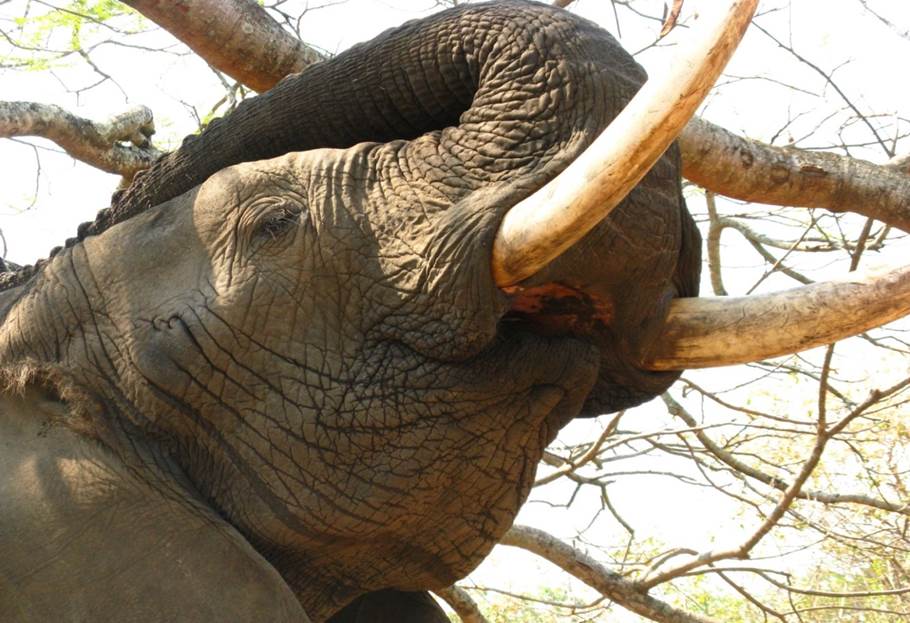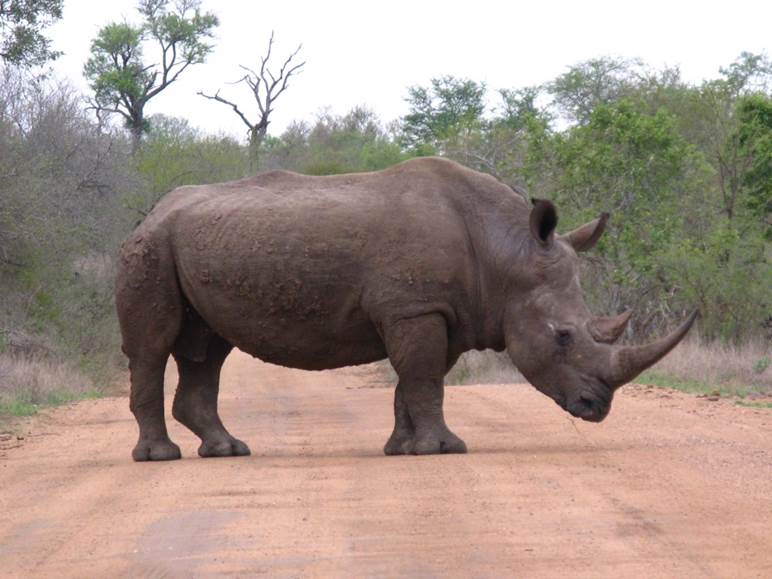The escalating illegal wildlife trade (IWT) threatening Africa’s elephants and rhinos and many other species around the world is one of the most high profile conservation challenges facing the world today.New research led by a Griffith University scientist suggests a way to address this pressing issue.
In a paper published in Conservation Biology researchers highlight the importance of making local communities part of the solution to the poaching crisis — and highlight the ways in which this can be done.
The paper ‘Developing a theory of change for a communityâ€based response to illegal wildlife trade’, shows how communities who live with and depend on wildlife can become effective partners to tackle the illegal wildlife trade. These communities are the first line of defence against poachers.
Ensuring rural communities are an integral part of the fight against poaching received high level of political attention at the recent Conference of the Parties of the Convention on Trade in Endangered Species (CITES) and was emphasised by the President of South Africa, Jacob Zuma, who opened the convention.
Anti-poaching policy guide
The IWT crisis has attracted more than $US350 million in donor and government funding in recent years primarily directed at increased enforcement against IWT, and the paper presents ways to guide policy-makers, donors, and practitioners in partnering with communities to combat IWT.

The paper’s ‘Theory of Change’ (ToC) identifies four pathways for making communities part of the solution:
a) strengthening disincentives for illegal behaviour; e.g. by strengthening law enforcement of wildlife protection
b) increasing incentives for wildlife stewardship; e.g. by allocating ownership rights and benefits from wildlife to communities
c) decreasing costs of living with wildlife; e.g. by enhancing compensation schemes for human wildlife conflict and;
d) supporting non-wildlife related livelihoods. E.g. developing cultural tourism
The ToC maps out the “missing-middle” between what an activity or intervention does and how together this leads to the achievement of desired outcomes and impacts of reducing poaching.
Lead-author Duan Biggs says the ToC serves to guide actions to tackle IWT and to inform the evaluation of policies.
“Moreover, our ToC serves as a tool to foster dialogue among IWT stakeholders from local communities through to governments and international donors to develop a more effective, holistic and sustainable community-based response to the IWT crisis,” he says.
The research for this paper was done in partnership with scientists and policy-makers from the International Institute for Environment and Development, the World Conservation Unionand The University of Queensland.
